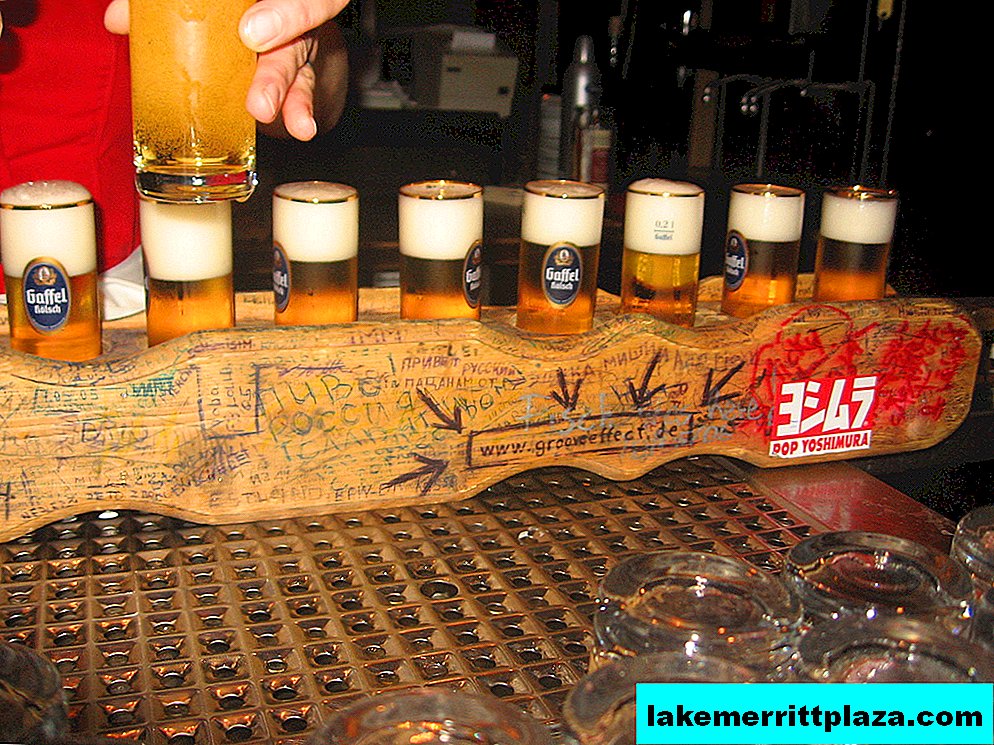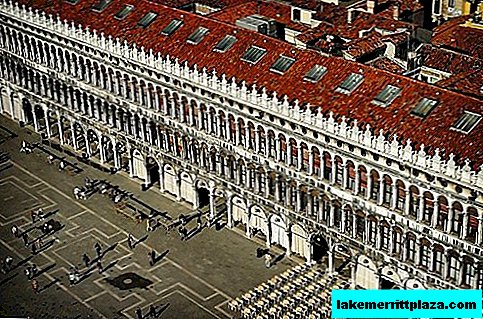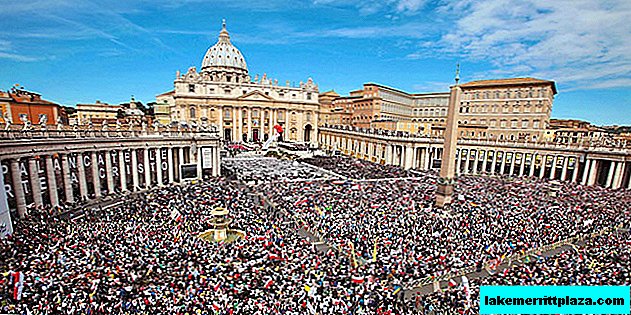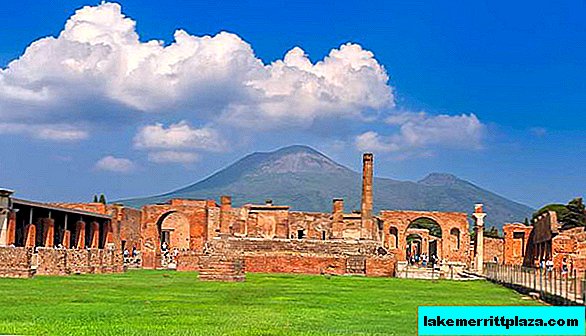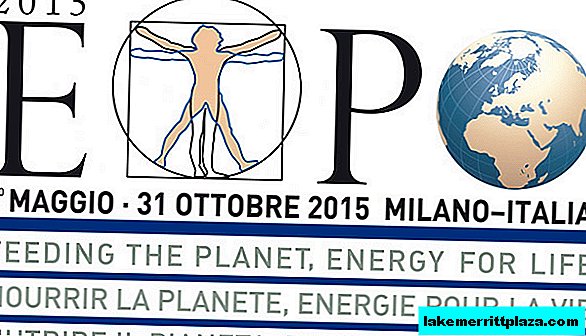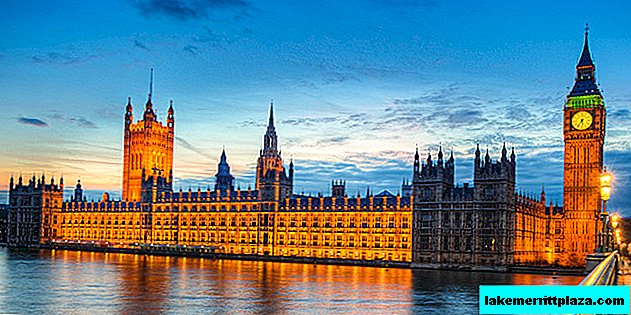Despite the fact that fewer and fewer Italians look at shops on the eve of Easter, this holiday is still very popular in a country whose residents (41 percent) still prefer to see Easter lamb cooked according to a traditional recipe, surrounded by vegetables. It is such data that the Italian Association of Farmers Coldiretti received by conducting a survey before the great holiday.
Surveys and studies have shown that the vast majority of Italians (about 79 percent) chose to celebrate Easter at home in the circle of relatives and friends, without leaving the city. Coldiretti explains this trend by the fact that trips to other cities were not affordable for residents of Italy because of the economic crisis, which significantly crippled the country. So, for example, this year before Easter, Italians spent only 1 billion euros on shopping trips, which is much less than in previous years.

The Coldiretti Association also informs that on a festive table in Italy there was an average kilogram of lamb. About 10 percent of buyers of this product purchased meat from farmers, 28 from stores, and 4 percent did not at all focus on the quality of lamb. The absence of specific rules that would oblige manufacturers to indicate the origin of the goods contributes to the huge influx of exported products, says Coldiretti.
As for the prices of mutton, farmers have not changed them since last year. On average, residents of Italy paid about 14.5 euros per kilogram of meat, while the cost of other types of meat decreased slightly. Eggs, which were presented not only in boiled form, but also were present in other dishes, including special pies, occupied a deserved place on the festive table.
It is worth noting that on Easter day, only one in ten Italians looked into a store or mall. A recent study showed that 47 percent of the country's residents said that all shops should work normally on a holiday. However, in reality, only 2 percent of Italians went for gifts and purchases on April 20, and 8 percent on April 21.
Easter in such a predominantly Catholic country like Italy is a traditional holiday that almost all Italians strive to spend in a close family circle. However, Monday, which follows Easter, Easter Monday (La Pasquetta) is particularly popular in this sunny country. Many try to travel out of town for a picnic or meet friends. In many cities, Easter Monday is celebrated especially on a large scale; they hold numerous concerts, fairs and performances. Easter is one of those holidays during which Italy opens from a completely different direction. If you were lucky enough to be in the country of wine and sun during the Easter holidays, consider that you are very lucky: you can first-hand learn the ancient traditions that have long been forgotten in the rest of the world.

